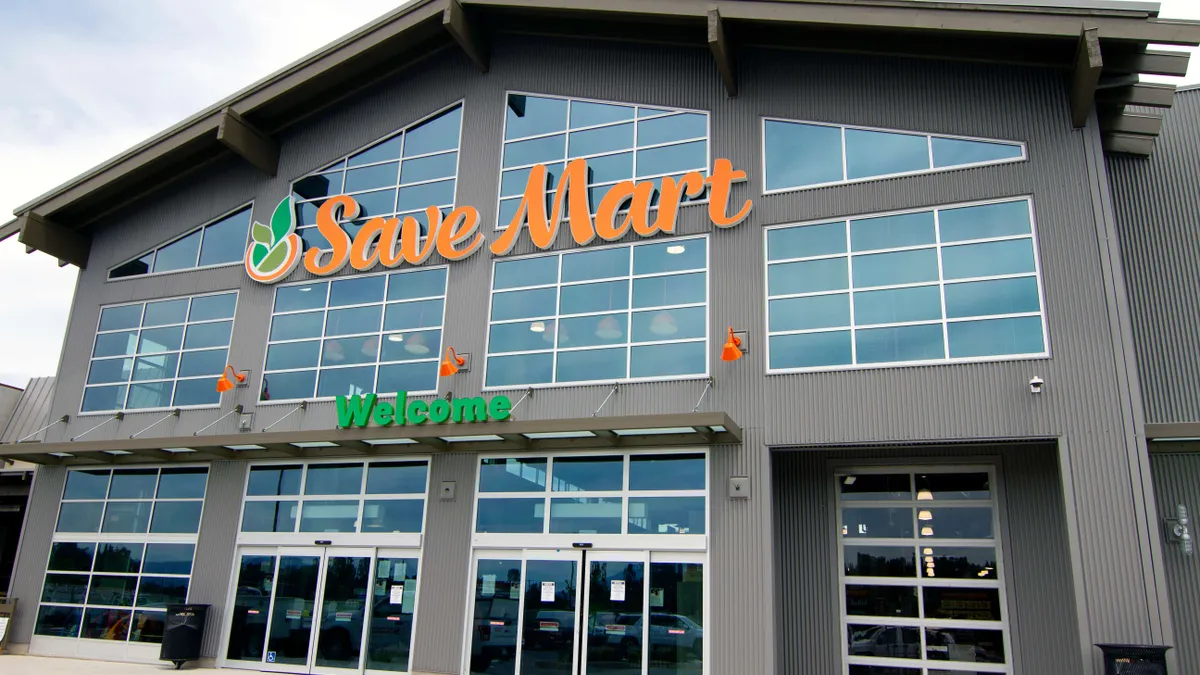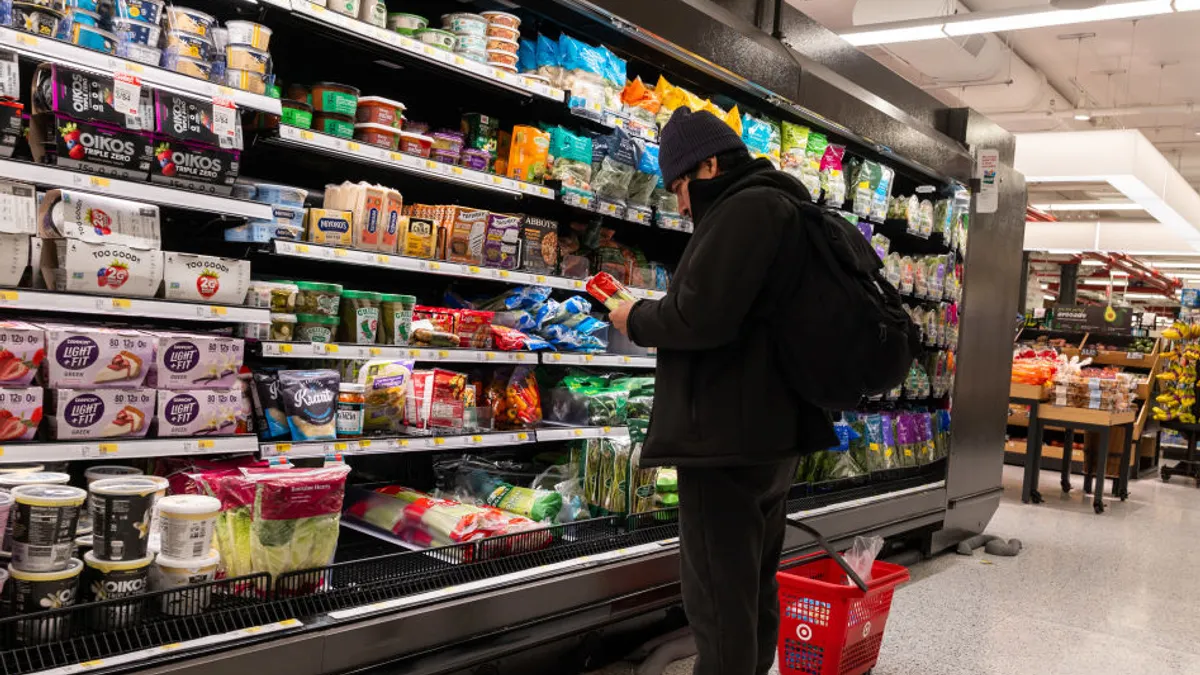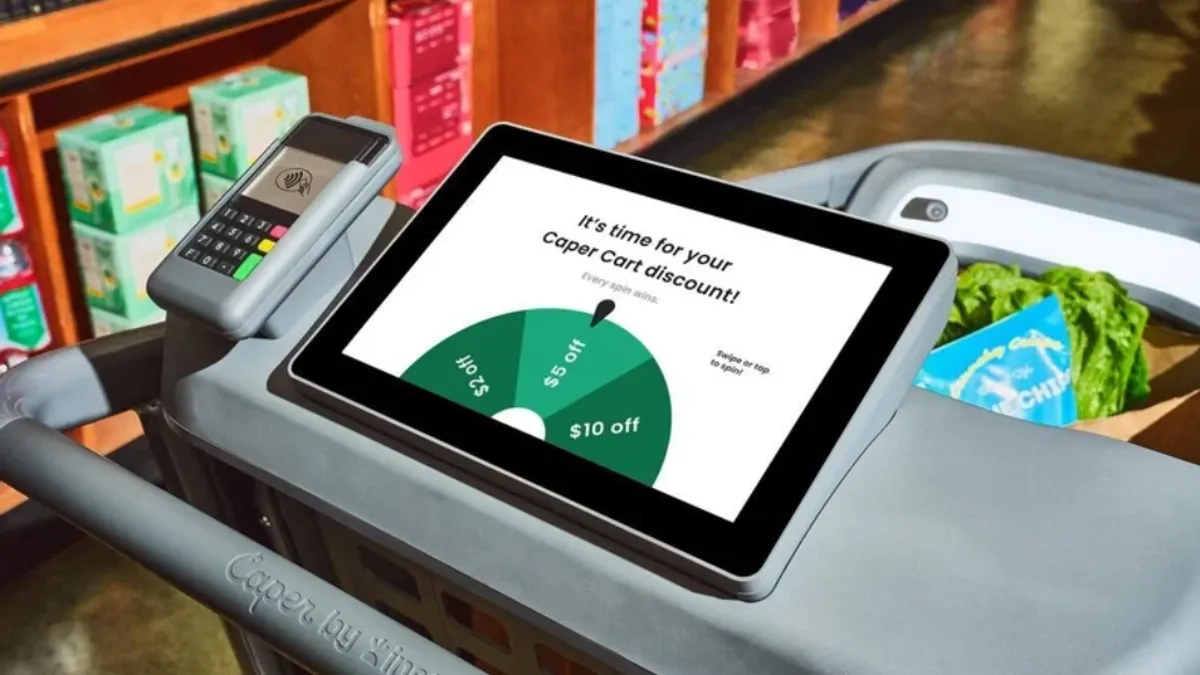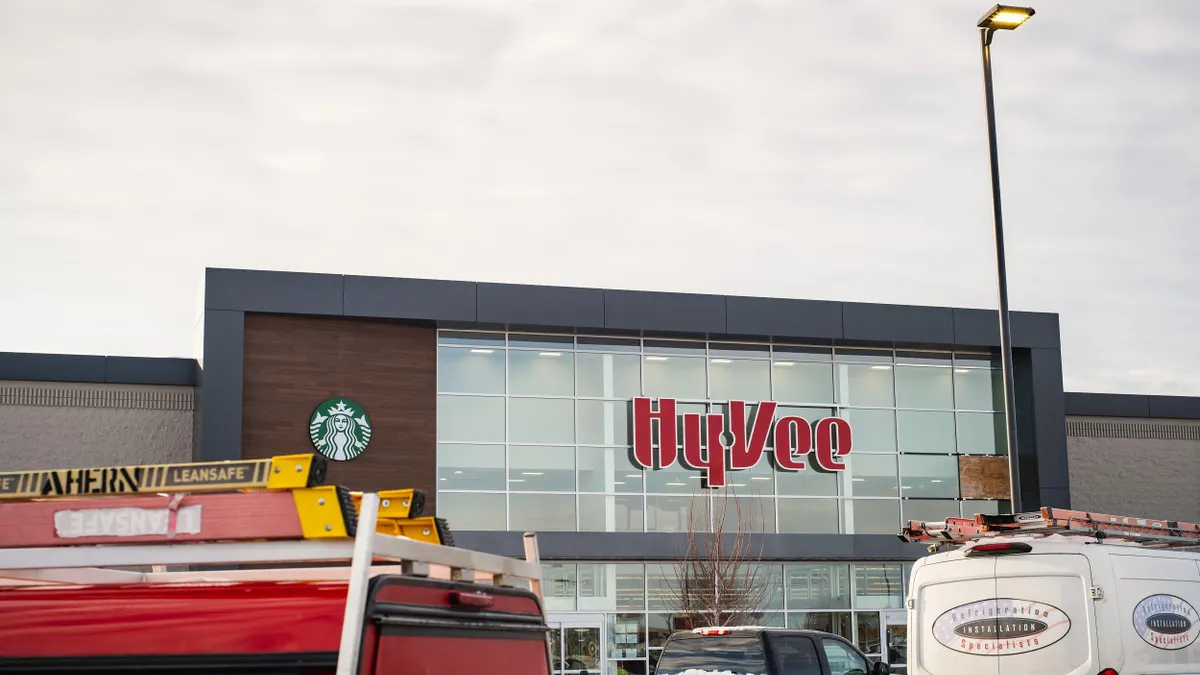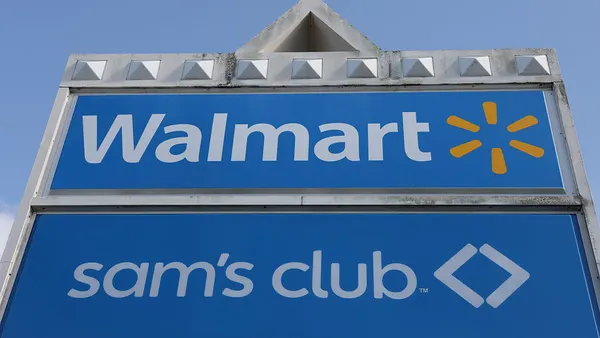When Tamara Pattison joined The Save Mart Companies last fall as the regional grocery chain’s first chief digital officer, one of her top priorities was to step up the retailer’s ability to leverage the growing amount of data it brings in.
Like other retailers, Save Mart had access to a wide variety of tools and third-party applications capable of crunching numbers. But Pattison realized the California-based company could be even more agile at turning the information it was collecting into opportunities to build sales.
“We absolutely had so much data and the ability to process it. Now, it's how do you utilize that and have a positive impact on the business?” Pattison said. “That's the process that we're building as we speak, is making sure that we not only have the data and the insights, but we know how to action against them.”
Pattison said Save Mart, which operates approximately 200 supermarkets in California and Nevada under banners including Save Mart, Lucky and FoodMaxx, has recently expanded its ability to build shopper engagement by focusing data-based insights on individual stores. The company’s digital division has also showed Save Mart’s merchandising and store operations teams the value of using data to make quick adjustments — and seen rapid results, Pattison said.
“Our plan was to use 2023 to set the stage, get all the building blocks in place and make sure that we were kind of at market parity, and 2024 is where we really want to bring some new [data-based capabilities] to market,” said Pattison.
Save Mart has recently used insights drawn from its operations to quickly roll out promotions aimed at individual stores, according to Pattison.
“Doing a digital coupon for two days on a weekend and having that targeted to an area of the chain that might need some incremental investment has not been something that we've been able to do in the past,” she said.
Pattison emphasized that speed is a key goal for Save Mart as the company builds its data-management capabilities because opportunities to turn consumer insights into sales opportunities can be fleeting in the grocery industry.
“If it takes you five days to analyze the data, and three days to action, it may not even be relevant” by the time the company is ready to use it, especially around holidays, Pattison said.
Pattison said that rather than trying to build an in-house data analysis department, Save Mart is relying on outside companies to provide the technical know-how it needs. Meanwhile, Save Mart is tapping into its core advantages as a regional chain to set itself apart from larger competitors with deeper pockets and more expansive technological resources.
While bigger grocers like Kroger might need to consider decisions on a national level, Save Mart is positioning itself as more nimble because it has fewer stores concentrated in a relatively small geographic area, said Pattison, a former senior Albertsons executive who headed up marketing, loyalty, digital and e-commerce for the company.
Save Mart recently set up a retail media network in partnership with retail technology supplier Swiftly as part of the company’s efforts to use third-party suppliers to build its digital capabilities.
“We’re small, we’re nimble, we can work with our third-party partners to do things quickly,” Pattison said. “And we see that as kind of our unique competitive advantage.”
A regional grocer’s willingness to embrace its smaller size relative to national players as a strength can turn out to be a key benefit, particularly when working with CPGs that want to use data from grocers to promote their products, said Spencer Baird, CEO of retail data provider Inmar Intelligence.
“‘Small’ to me could mean incrementality,” Baird said, referring to advertisers’ interest in gauging how consumers engage with their messages. “So there’s ways to play it to make yourself more valuable to the advertiser.”
Barry Clogan, chief product evangelist for Wynshop, which provides e-commerce solutions to grocers, said it is critical for regional retailers not to view their size as a disadvantage when assessing their ability to leverage data.
“If I’m a smaller grocer, I can’t get distracted by [how] Kroger and 84.51° are crunching all sorts of data science and machine learning and coming up with really cool things,” Clogan said, referring to the grocery giant’s data analysis subsidiary. “I need to be able to [understand] my data so that at least I’m surfacing it in the right places.”
Clogan added that grocers that acquire other food retailers can face challenges when working with data they inherit. “I’m hearing from grocers that they have it in different locations, and they don’t actually know how to get it out of the current systems that they have,” he said.
Another challenge facing regional grocers in the coming years, Baird said, is being able to draw together various streams of data and also incorporate artificial intelligence in order to help forecast sales opportunities.
“There's a need for the industry to go from using data to measure performance on things to using data to target opportunities to make more informed, smarter decisions,” he said.
Jeff Wells contributed reporting to this story.



